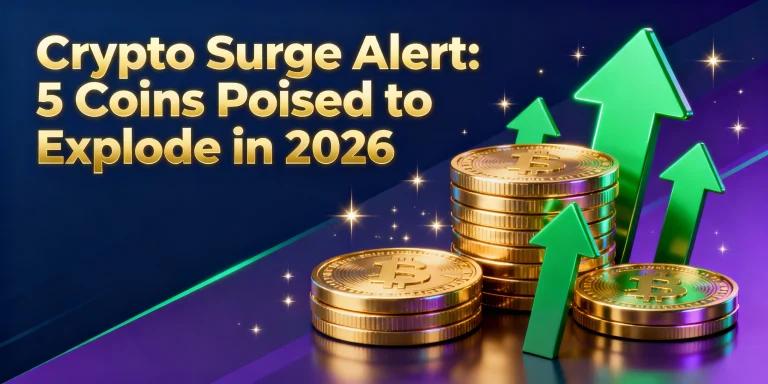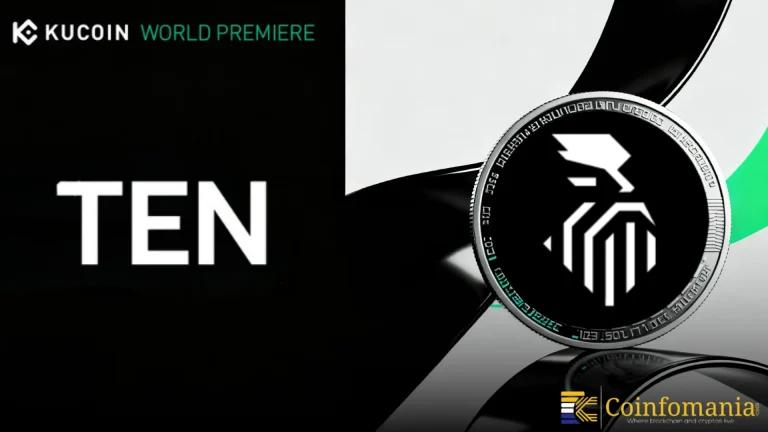Stablecoins Reach Record Market Cap of 228 Billion in 2025 Fueled by Increased Trading and Clearer US Regulations
Explore how stablecoin market growth hit a record $228B in 2025, boosted by payment adoption in crypto and increasing usage worldwide.

Quick Take
Summary is AI generated, newsroom reviewed.
Stablecoins hit a record $228 billion market cap in 2025, fueled by rising crypto trading activity, global payment adoption, and favorable U.S. regulation.
Trading platforms and payment systems now rely heavily on stablecoins, turning them into essential infrastructure across the digital asset ecosystem.
Clear policy from the Trump administration accelerated stablecoin adoption, making them more trustworthy and widely used in both retail and institutional spaces.
The stablecoin sector has exploded in 2025, achieving an all-time high market capitalization of $228 billion. That’s a staggering $33 billion surge, representing a 17% jump in just a few months. But this isn’t just about numbers. It’s a reflection of maturing crypto infrastructure, surging demand in trading circles, and new confidence sparked by policy clarity in the U.S.
Unlike speculative tokens, stablecoins have found their sweet spot as practical tools for global payments and frictionless crypto trading. This year, they’re not just passive instruments, they’re central to how capital flows within the digital asset economy. With rising utility and backing from evolving regulation, stablecoin market growth is no longer a side story, but a core pillar of the 2025 crypto landscape.
The Core Drivers Behind 2025’s Explosive Stablecoin Growth
Several factors are converging to accelerate stablecoin market growth. The most prominent driver is the increased crypto trading activity. Traders continue to rely on stablecoins like USDT, USDC, and emerging regional tokens as the preferred liquidity pairs on centralized and decentralized exchanges. These assets offer predictability, which is essential when navigating volatile crypto markets.
Another strong tailwind is payment adoption in crypto. Retailers, online platforms, and even some traditional financial service providers are increasingly accepting stablecoins. This has enabled faster settlements, cross-border transactions without high fees, and greater financial inclusion in developing nations.
Add to this the role of rising on-chain utility, stablecoins are being used in DeFi, gaming, and NFTs as reliable mediums of exchange. As their functions expand beyond basic storage, so does the demand.
How Trump-Era Policies Transformed Stablecoin Legitimacy?
The most significant change in 2025 is still the U.S. government’s regulatory approach under Trump as President. For years, conflicting opinions about stablecoin legality and regulatory oversight have only served to stifle broader institutional adoption. In 2025, there is now a more coherent classification, audit structure, and even a clear endorsement of dollar “backed” tokens.
The outcome? Institutions in the waiting have begun to integrate stablecoins into their operational workflows. From asset managers to fintech applications, stablecoins are gaining acceptance not only as digital dollars, but as programmable money that has utility. This change has also significantly increased the stablecoin market growth rate both domestically and globally.
On top of this, there has been an increase in stablecoin issuer partnerships with payment leviathans to allow the everyday user to transact seamlessly using crypto without the worry of traditional bank rails.
Stablecoins Are Now the Lifeblood of Crypto Trading—Here’s Why
The resurgence in crypto trading activity has given stablecoins a stronger foundation. With more volume comes more demand for stable, liquid instruments. Exchanges, both CEXs and DEXs, are increasingly seeing stablecoins as critical infrastructure.
This year has also seen the rise of regional stablecoins pegged to local currencies, but backed by transparent reserves. These are helping bridge the gap between national currencies and crypto, all while boosting volume in niche trading corridors.
Traders are also more comfortable parking capital in stablecoins during volatile periods, creating a cyclical loop of utility and trust. These patterns reinforce stablecoins’ relevance in both bull and bear markets.

Image 1- Stablecoin: Total Market Capitalization, published on CryptoQuant.com, 12th June, 2025.
Are Stablecoins the Future of Everyday Payments?
Absolutely. Payment adoption in crypto is no longer speculative, it’s a reality. From Latin America to Southeast Asia, businesses and freelancers are opting for stablecoin payments due to their speed, cost-effectiveness, and stability. In some places, stablecoins are even outperforming local currencies in daily usage.
Major global platforms have integrated stablecoins into checkout systems, and travel booking sites, freelance platforms, and even subscription-based models are adopting them. This mainstreaming of payments is a key reason why stablecoin market growth continues to outpace projections in 2025.
The Stablecoin Era Is Here—And It’s Just Getting Started
2025 is the year stablecoins went from useful tools to indispensable infrastructure. With stablecoin market growth hitting $228 billion, this sector is no longer just a part of the crypto industry, it is the infrastructure that powers it. Driven by rising crypto trading activity, widespread payment adoption in crypto, and political tailwinds from U.S. regulations, stablecoins are proving they can be both innovative and reliable. As adoption scales and more players join the ecosystem, stablecoins are shaping up to be the financial rails of the digital age. Whether for trading, payments, or decentralized applications, their role in the future of finance is only getting bigger.
References
Follow us on Google News
Get the latest crypto insights and updates.

